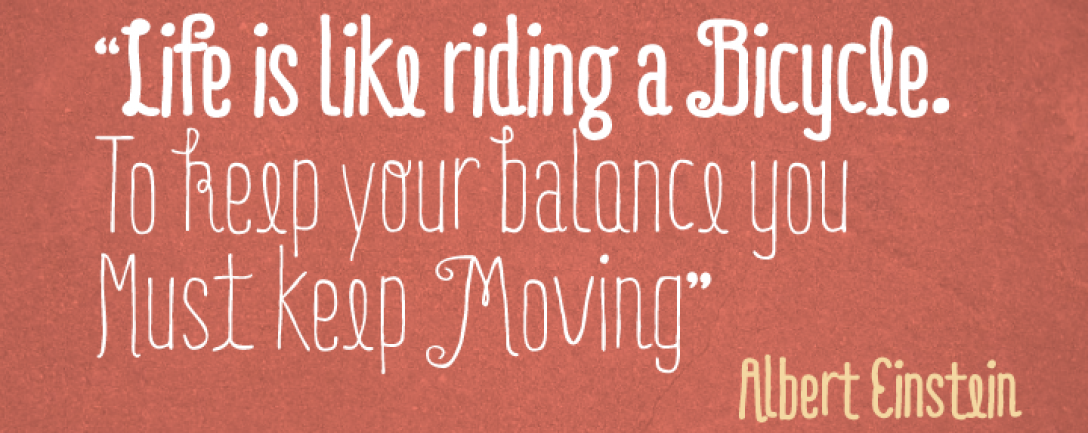Sepsis is not as well known as it could be, considering it is a serious and life threatening condition which if not recognised and treated can lead to death or long-term physical/mental effects in a patient.
Sepsis is a life-threatening condition that arises when the body’s response to an infection injures its own tissues and organs (Czura, 2011)
Sepsis in layman’s terms is organ failure caused by the body over-reacting to an infection. Really, it should be thought of as an ‘ infection attack’ and given the same seriousness in terms of potential mortality and speed of treatment needed as a heart attack or ‘brain attack’ (stroke).
How Sepsis escalates:
- Infection is a pathogen affecting the body
- Sepsis is the body’s over-reaction to fighting the infection, causing organ failure
- Septic shock is impaired blood supply to organs caused by low blood pressure
How to tell if a patient has Sepsis?
Sepsis is scary in it’s ability to escalate and cause sudden death in otherwise previously healthy patients. We all know the signs of stroke (FAST) and heart attack, but how do you know if someone has Sepsis?
Clinical observations (‘Obs‘) signs are::
- Low Blood Pressure (below 110 systolic- usual BP is 120/80 and systolic is the top number)
- Fast breathing (increased Respiratory Rate, over 20 breaths/minute)
Other factors
- Confusion (altered mental state eg slow to process information)
- No urine output for 12hrs+
- Shaking episodes or the cold shivers/cold sweats (feeling cold/shivering but with high temp & sweating; officially called Rigors)
- ‘Feeling of doom’ reported by patient, often causing anxiety*
- In a risky category: chemotherapy, diabetes, sickle cell, recent surgery/pregnancy/termination, long term steroids, IV drug user, the very young or old, open skin wounds
If you think someone has Sepsis because they display any of the above together with an infection, it is an emergency and you should call 999/escalate to a senior in the same way you would if you suspected a stroke or TIA, and use the word SEPSIS. 70% of cases happen in the community- if the patient is in the community they should have a blue-light ambulance to hospital.
Do NOT say ‘Something’s not right they look really unwell, can you take a look?’ or ‘I think their infection’s getting worse’
Do say “They have potential SEPSIS.”
When someone goes into septic shock, their chance of dying increases by 7.5% each hour treatment isn’t started.
Survivors of Sepsis often have long term mental and physical effects such as fatigue, reduced mobility, PTSD. It can take 18 months to get fully back to their previous function.
++++++++++++++++++++++++++
*The ‘sense of impending doom’ is actually a medical term for a symptom, and the unpleasant physiological feeling is caused by the body’s unconscious processes which we have no control over (such as breathing, heart rate, digestion …things controlled by the sympathetic nervous system) being affected. People suffering things like heart attacks also report this feeling of dread or doom.
+++++++++++++++++++++++++++++
Resources
Czura C. J. (2011). “Merinoff symposium 2010: sepsis”-speaking with one voice. Molecular medicine (Cambridge, Mass.), 17(1-2), 2-3. Available at: https://www.ncbi.nlm.nih.gov/pmc/articles/PMC3022986/ [accessed on 22.02.19]
NICE guidelines https://www.nice.org.uk/guidance/ng51/resources
Sepsis UK https://www.e-lfh.org.uk/wp-content/uploads/2018/02/Sepsis_Manual_2017_final_v7.pdf
Sepsis Trust https://sepsistrust.org/
Trust Me I’m A Doctor BBC programme https://www.bbc.co.uk/programmes/articles/1JKdvV3tP67FxzY1gKRNbvw/what-is-sepsis-and-how-can-i-spot-it
If you’re employed in NHS, you can complete the ‘Sepsis in Primary Care’ e-learning module via your ESR account.



